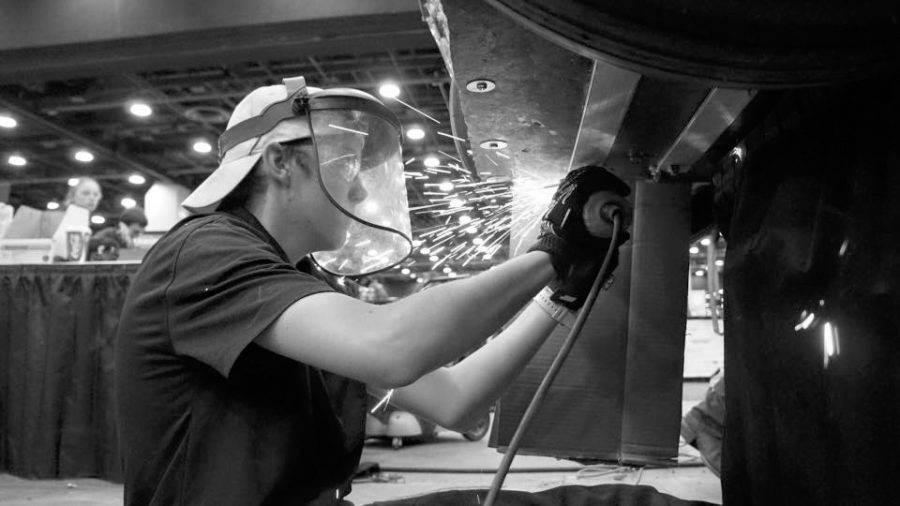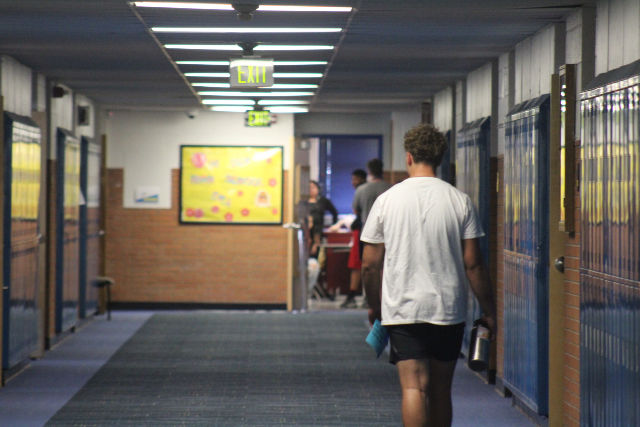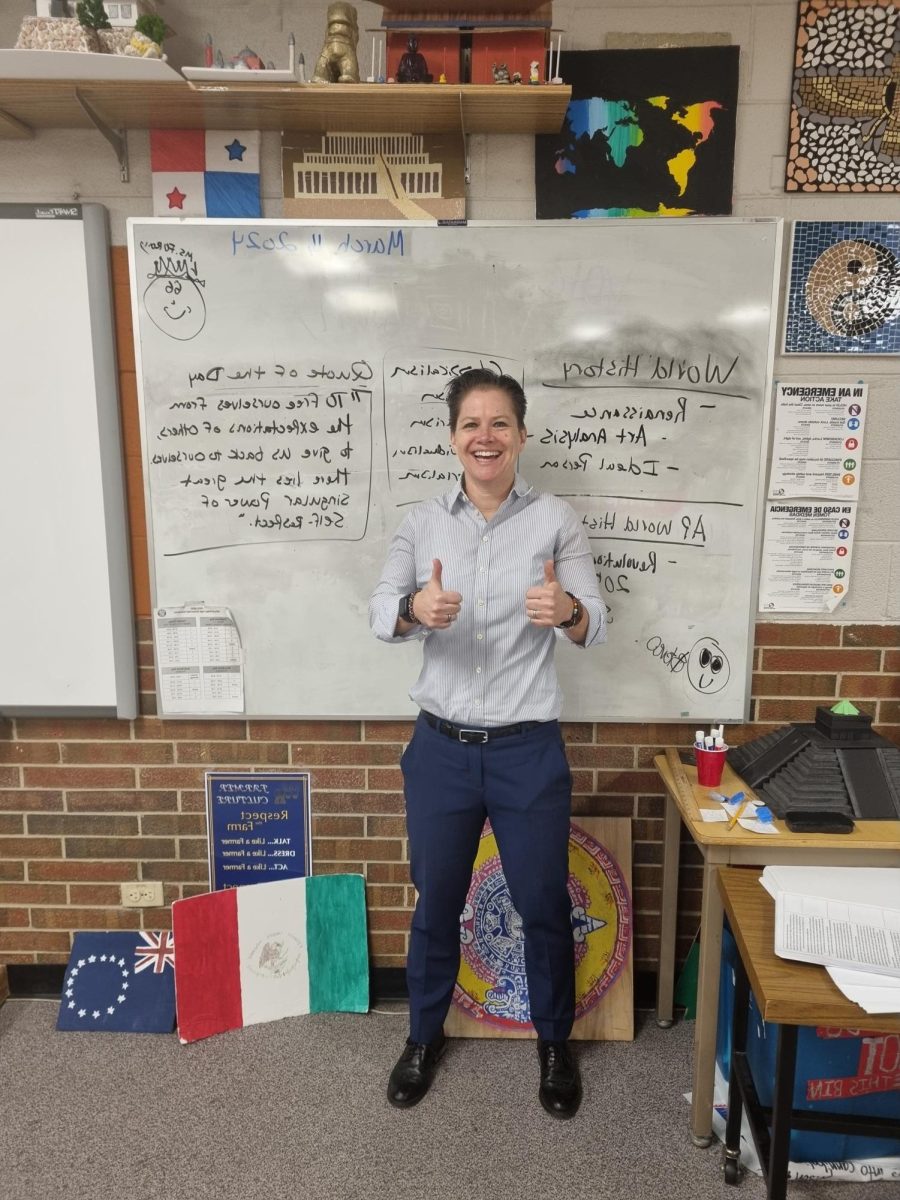By Rachel Vigil
Detroit may no longer be the booming auto industry hub it once was, but every year since 1939 students come from across the Americas to innovate and compete with cars in the Shell Eco Marathon.
For the second year in a row, the Wheat Ridge STEM team sent students and their cars off to compete.
After walking away last year with a first place prize and the attention of an entire community, Wheat Ridge’s STEM team has grown at an impressive rate. Last year there were 40 students in the program with 13 of them going to Detroit. This year there are around 60 students in the program with 23 students traveling to Detroit all taught by Chuck Sprague. A growth of 50% is unprecedented for any school program, especially one as young as STEM.
According to senior Nicole Ortega, “It was a very different dynamic. Last year we were very small and so you knew every single person. This year you had little groups because we were so big. So it’s really hard to stay in contact with and be close to everyone.”
Ortega and fellow senior Andrew Miller were going to drive the urban concept car this year. The urban concept car was a new undertaking for the team since they worked on only a prototype last year. It was powered by a hydrogen fuel cell, as was their prototype car.
Unfortunately, Ortega and Miller never got to drive and compete with their urban concept car. In the tech inspections that took place before the competitions, it only passed half of the required tests.
The prototype fared better in inspections and in competition. After passing its inspections, it came in second place in the hydrogen-fuel-cell category. They were right behind Queen’s University with a fuel efficiency of 70 mi/m3, which is impressive considering the amount of resources and people a high school has access to when compared to a public university.
The urban concept car was incomplete for several reasons. “I think a lot of people didn’t know what we were getting ourselves into working on two cars,” said Ortega on the urban concept car, “We’d never done the urban concept before, so we weren’t a 100% sure exactly on the little nitty gritty things that would go into it. When it came down to crunch time a lot of us saw that we should have planned, we should have done this earlier, we should have put this in assembly. A lot of the problem was that we didn’t plan too far ahead.”
Unlike the prototype, which is as small and aerodynamic as possible for maximum fuel efficiency, the urban concept has to have headlights, blinkers, windshield wipers, and almost everything else a legal street car would have.
The Shell Eco Marathon takes place across the globe in competitions in Europe, Asia, the Americas, and Africa. At the U.S. competition in Detroit, there were almost 130 teams from North and South America. Wheat Ridge uses hydrogen fuel cells, but teams can use gasoline, compressed natural gas, battery electric,diesel, and alternative fuel.
Back here on the Farm, STEM just keeps growing. Next year 70-90 students are expected to be in the program. Sprague will continue to teach the class as they pursue further innovation in design.







